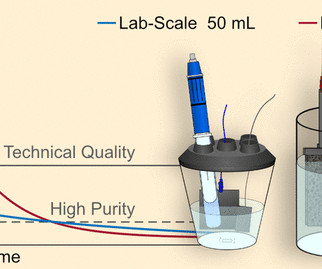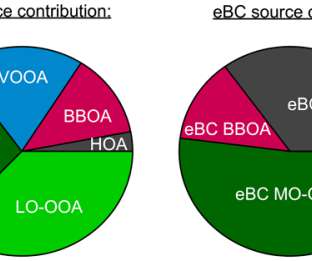EPA proposing mercury rule for taconite iron ore processing plants
Green Car Congress
MAY 12, 2023
The US Environmental Protection Agency (EPA) is proposing amendments to the National Emission Standards for Hazardous Air Pollutants (NESHAP) for taconite iron ore processing plants that include new emission standards for mercury as well as revising the existing emission standards for hydrogen chloride and hydrogen fluoride. formaldehyde).



















Let's personalize your content